How to get URL link on X (Twitter) App
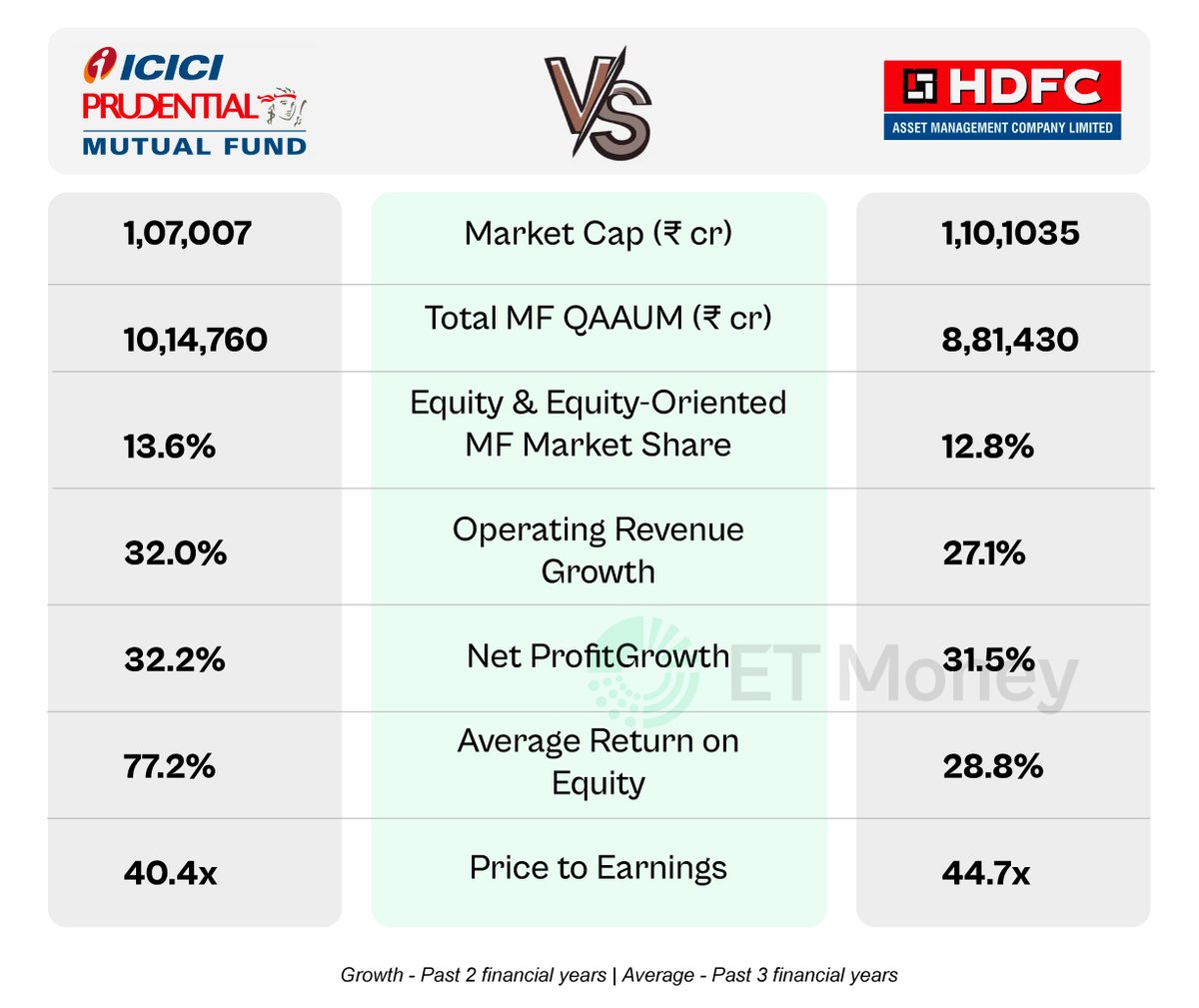
 1. BUSINESS MODEL
1. BUSINESS MODEL
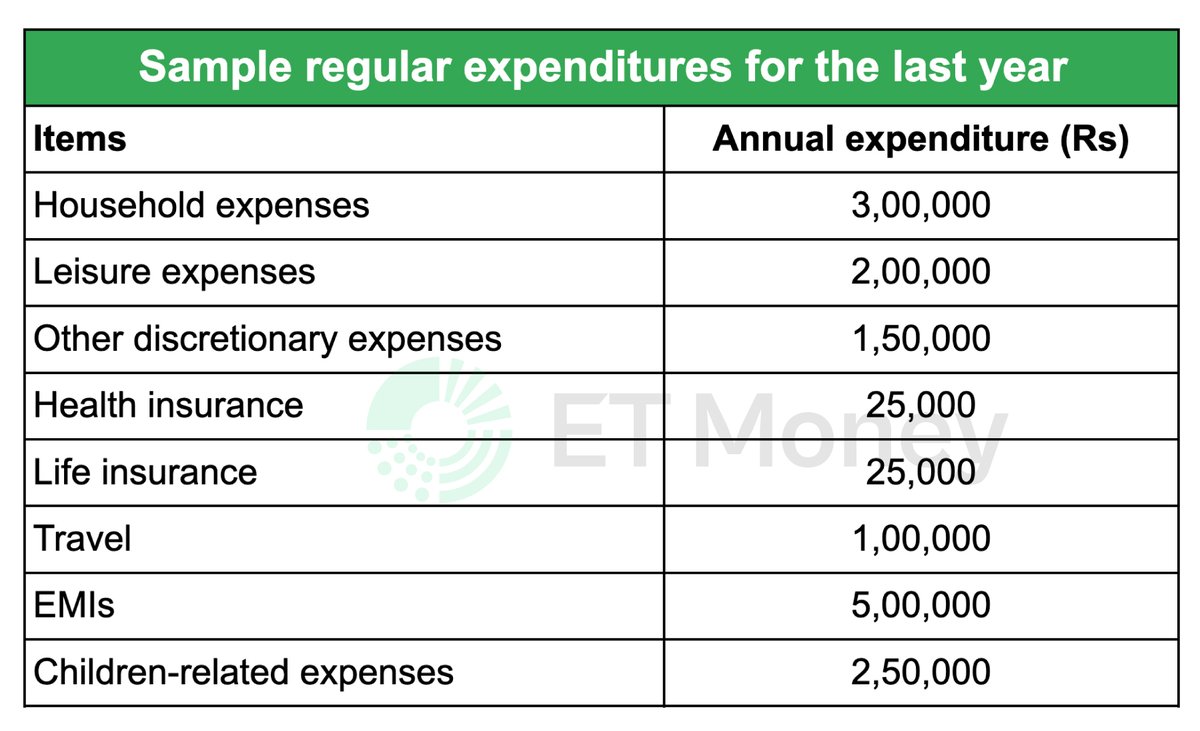

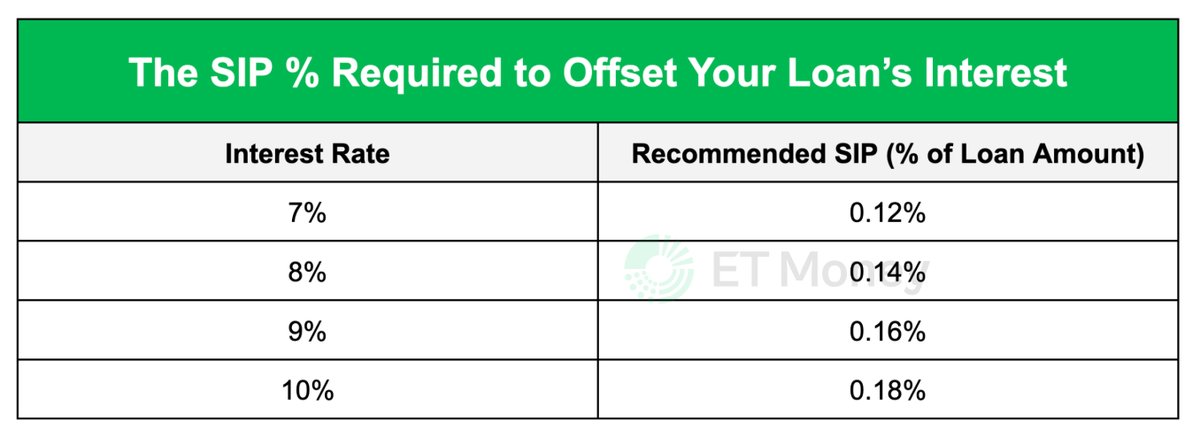
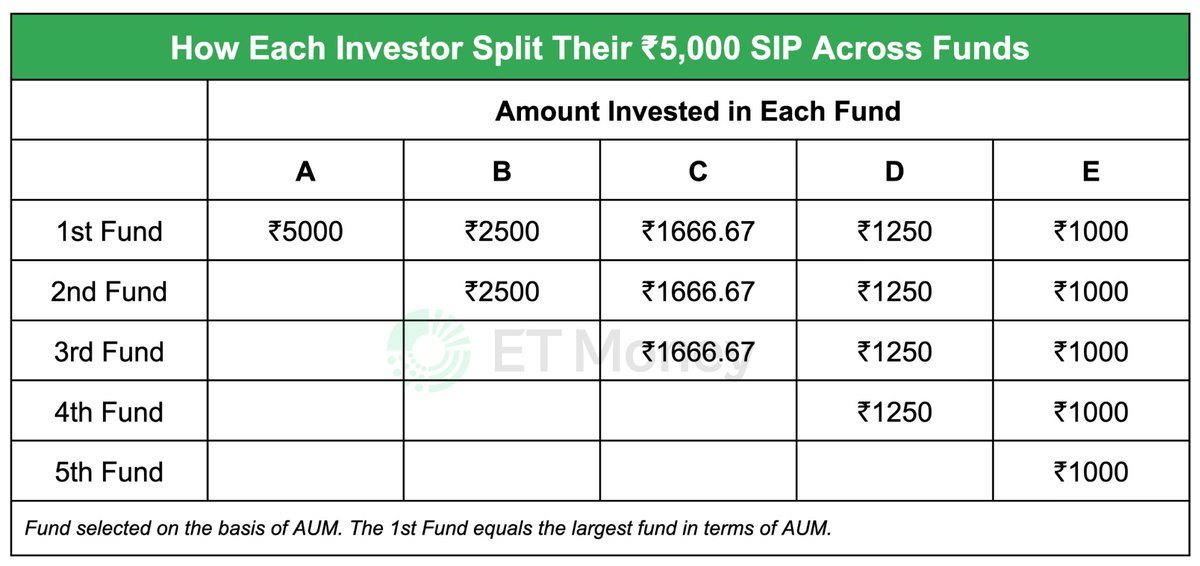
 Friend C, who invested in 3 funds, earned the highest returns.
Friend C, who invested in 3 funds, earned the highest returns.
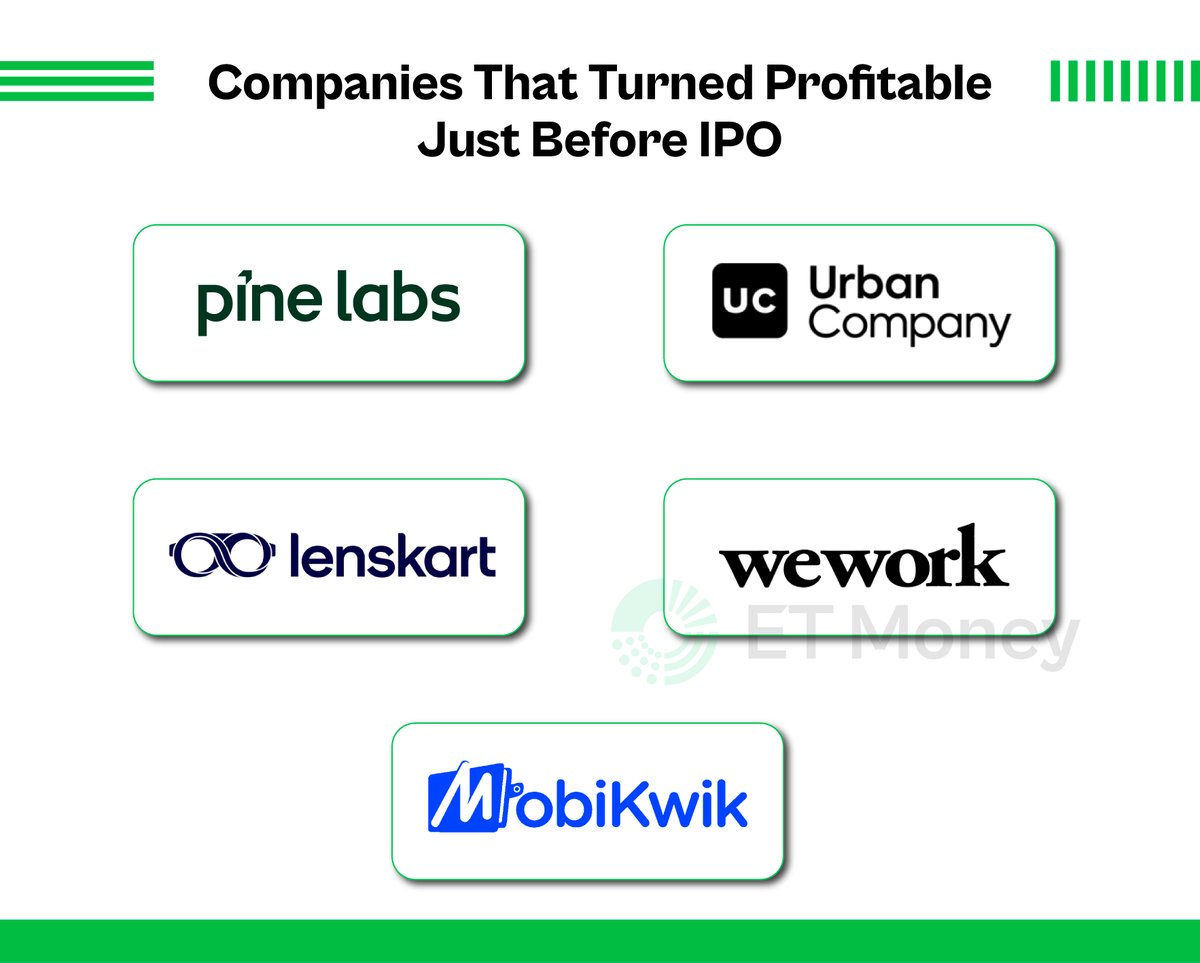
 1. Pine Labs
1. Pine Labs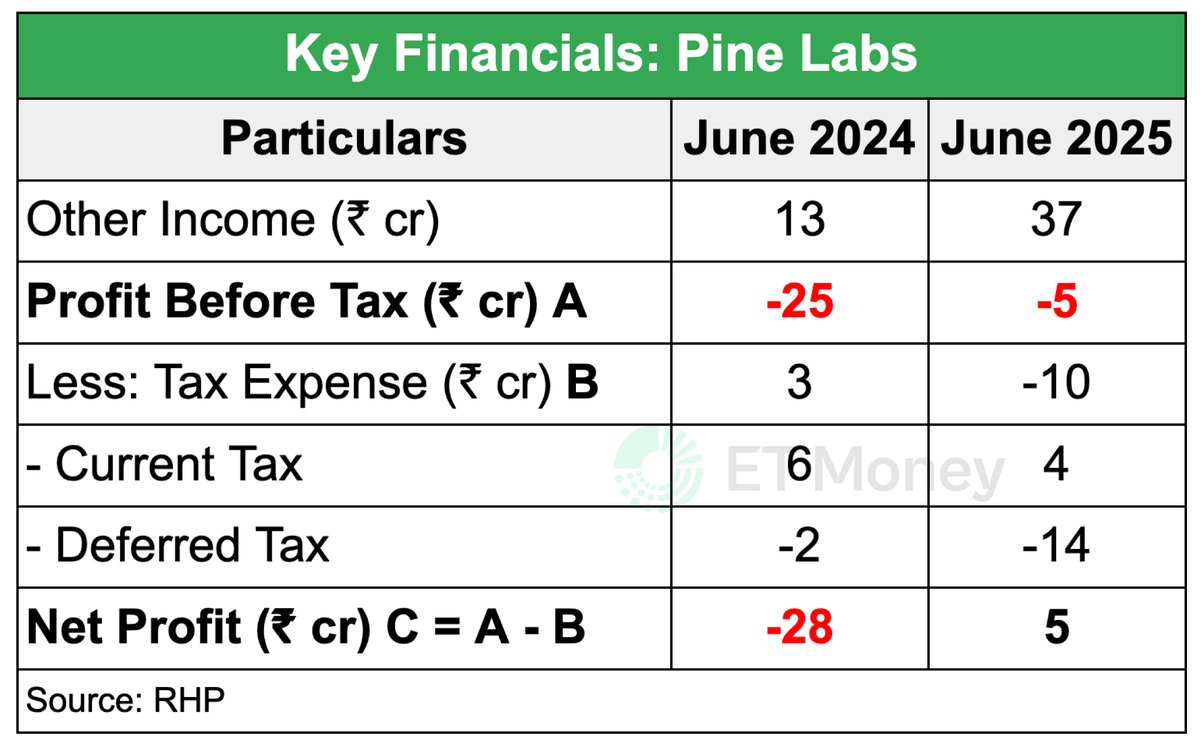

 To understand these changes clearly, you first need to know how mutual fund expenses work.
To understand these changes clearly, you first need to know how mutual fund expenses work.


 A RECORD-BREAKING RALLY
A RECORD-BREAKING RALLY
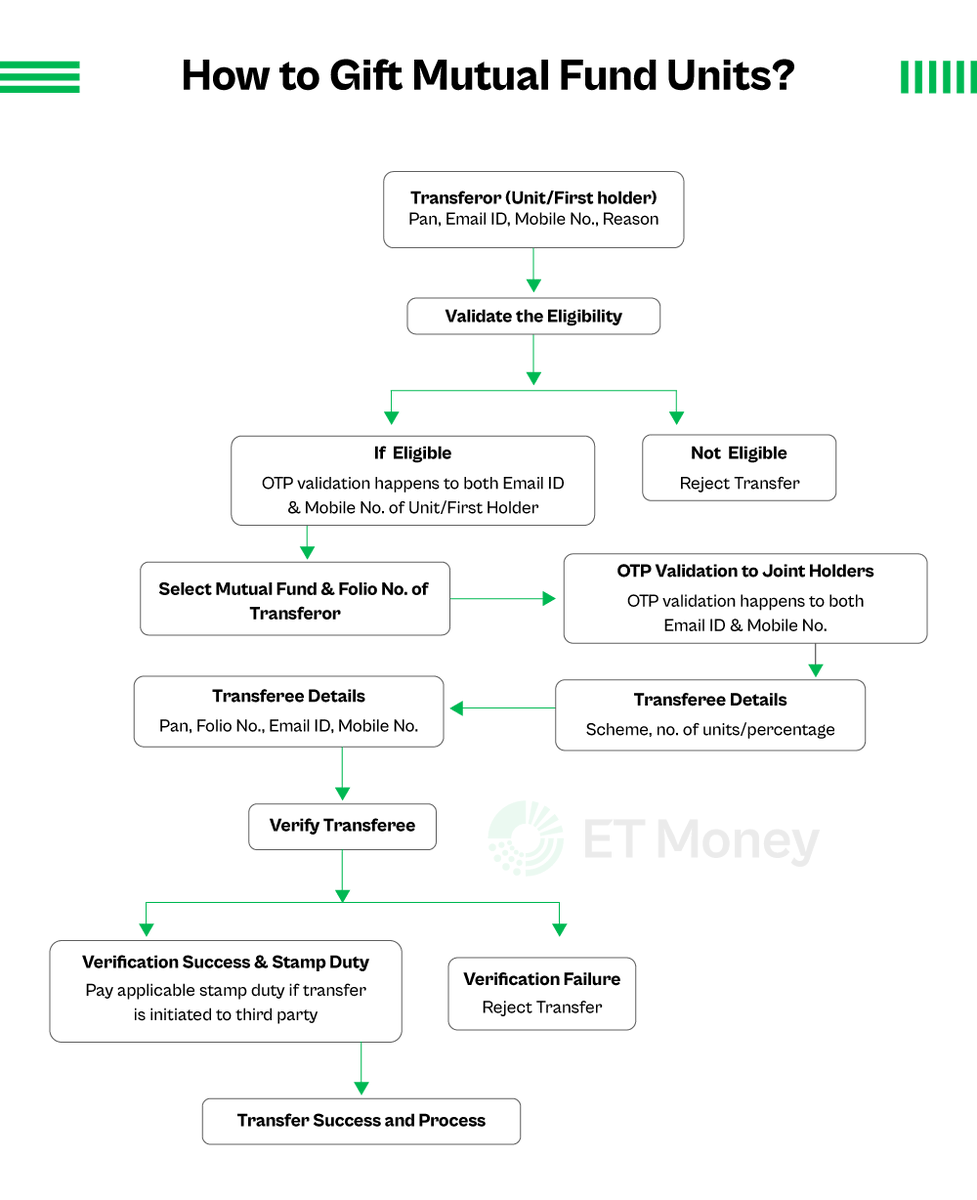
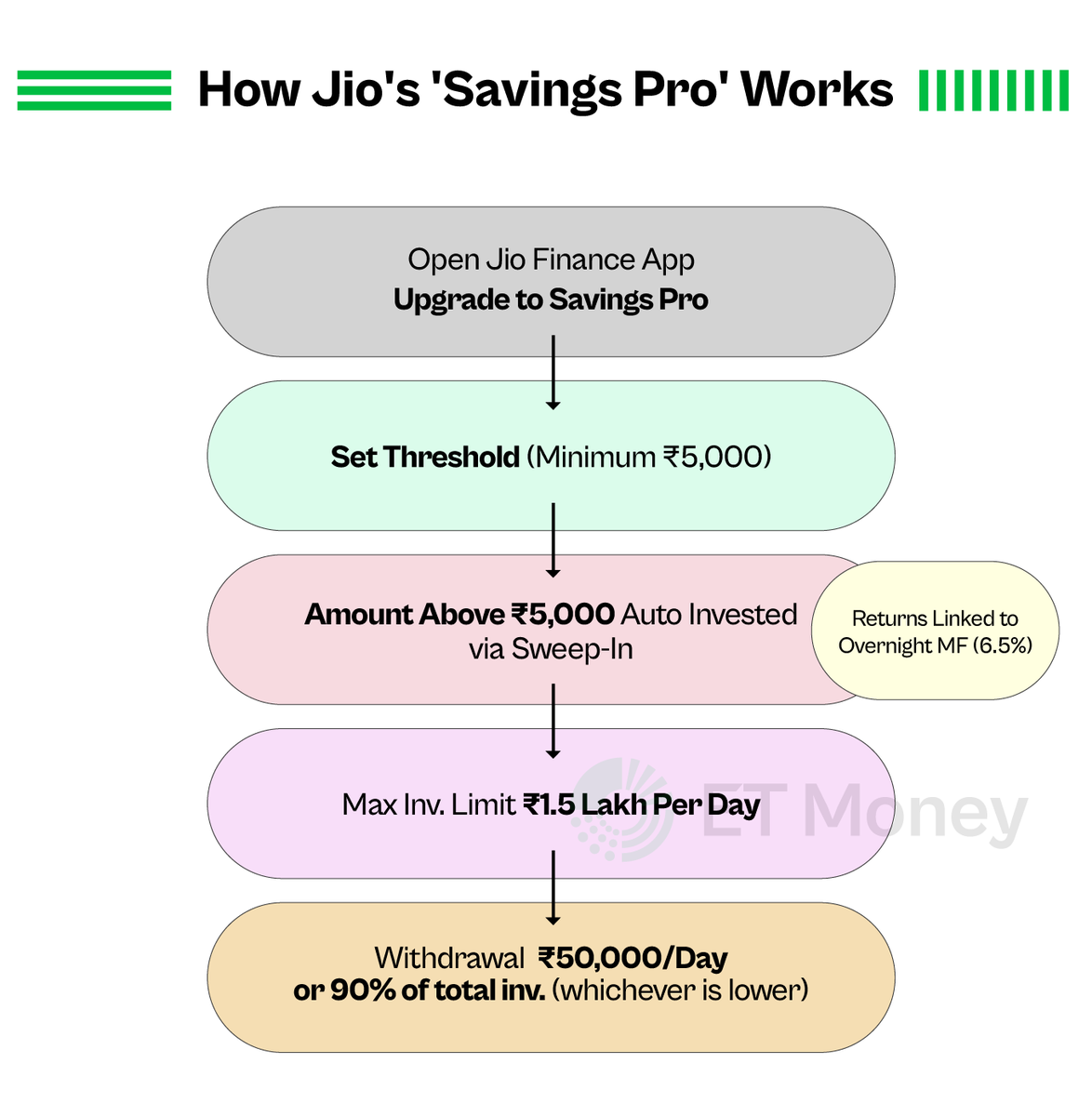


 We compared these three funds on 5 key parameters.
We compared these three funds on 5 key parameters.
 RBI restrictions have forced 37 of 67 international funds to stop accepting fresh money.
RBI restrictions have forced 37 of 67 international funds to stop accepting fresh money.

 Benjamin Graham came up with this formula to calculate a stock’s true value.
Benjamin Graham came up with this formula to calculate a stock’s true value.
